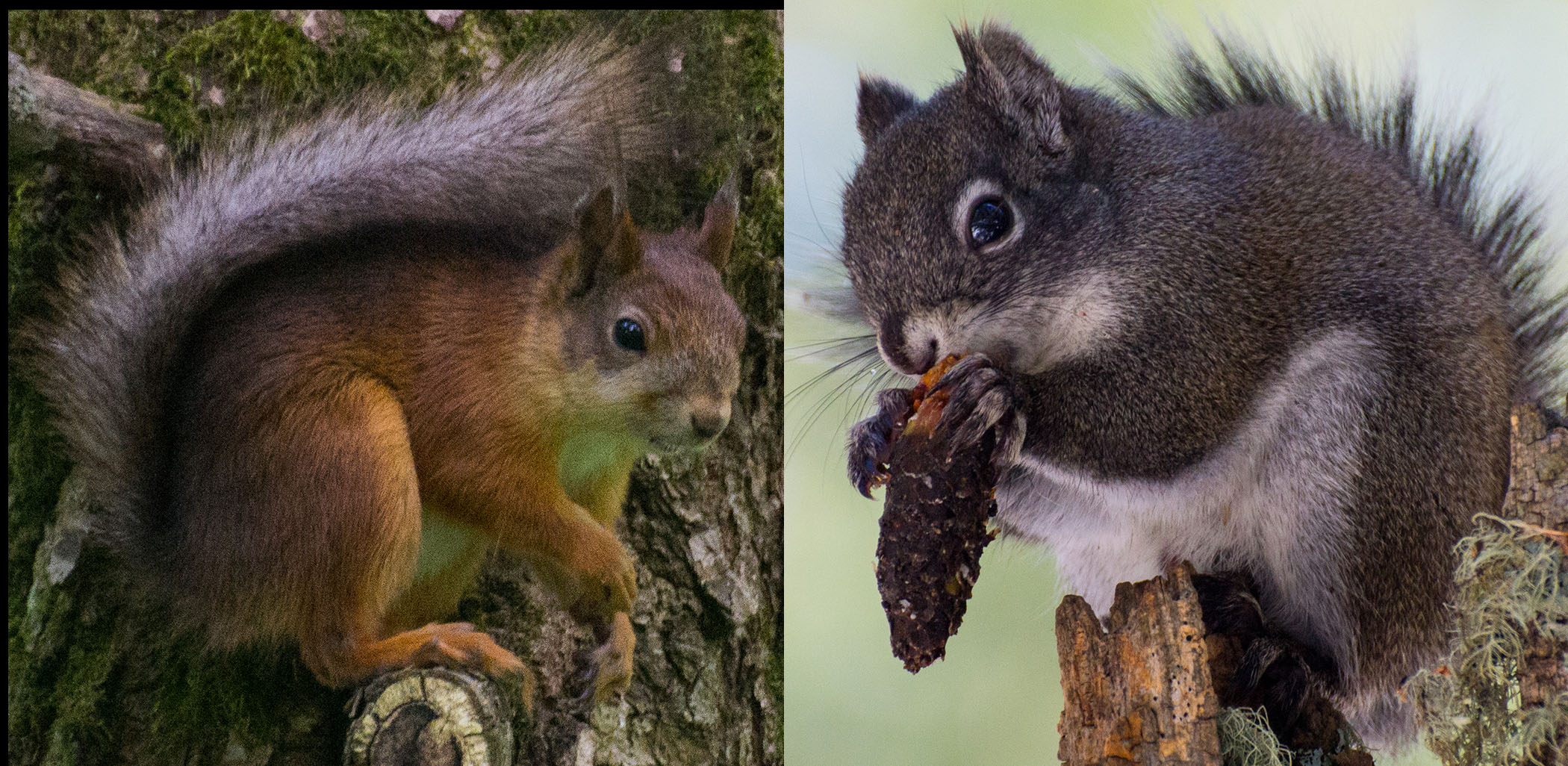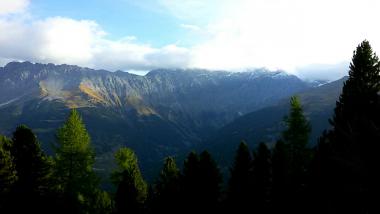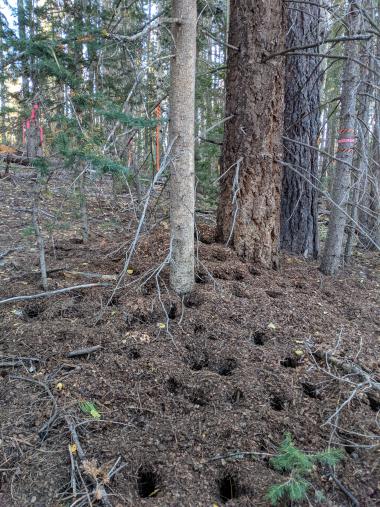New KCRL publication! Two contintents, two squirrels, two ways of doing business
MGRS_ERS_combo.jpg

Eurasian red squirrels (Scuiurus vulgaris) and Mt. Graham red squirrels (Tamiasciurus fremonti grahamensis) are ecologically similar species - they weigh about the same, they both primarily eat conifer seeds, and inhabit coniferous forest ecosystems: Eurasian red squirrels across Europe and North American red squirrels (of which the Mt. Graham red squirrel is a subspecies) across much of North America. In general, home range size scales positively with body mass, with larger animals necessarily having larger home ranges to accommodate energy needs. However, among species of similar body mass and trophic level, tremendous variation in home range size still exists, indicating that there is more to determining home range size than body size and trophic level alone.
Capitalizing on long-term datasets on space use and resource availability for the two species, KCRL collaborated with the Environment Analysis and Management Unit at the University of Insubria, Italy to examine home range size and home range overlap in the two species. The results of this strong international collaboration have just been published in Frontiers in Ecology and Evolution.
ItalianAlps1.jpg

Eurasian red squirrel home ranges are three times larger than Mt. Graham red squirrels and exhibit substantially more home range overlap, where as Mt. Graham red squirrels maintain exclusive home range core areas and are territorial and defend a central food larder, known as a midden. So what ecological factors drive these differences?
conescalepile.jpg

Although both species co-evolved with coniferous forests, the conifer species are very different in their cone phenology, or timing of when they produce cones, and when cones open to release seeds. In mixed-conifer forests of western North America (and Mt. Graham), many conifer species employ a strategy of producing cones that mature and open to release seeds in autumn of the same year. Whereas in European mixed conifer forests such as those in the Italian Alps, many spruce species produce cones that remain on the tree and do not release seeds until the following spring. Such differences have lead to divergent space use strategies and social systems in the two species. Mt. Graham red squirrels, in order to capitalize on the brief resource pulses, are territorial and defend smaller, exclusive home ranges and store their harvested food. Males make brief forays for mating in the spring. In contrast, Eurasian red squirrels are able to feed on cones in the tree canopy during autumn and winter and on scatter-hoarded cones (of pines) in late spring, allowing this species to be non-territorial, moving widely in search of cones and male home ranges overlap several females throughout the year for mating access. The observed differences in home range size and social systems between two ecologically similar species highlights how the coevolution of arboreal squirrels with conifer tree species has shaped their natural history.
MtGraham_SnowyGreasewoodMtns-2.jpg

Read the full article here:
Mazzamuto, M. V., M. J. Merrick, F. Bisi, J. L. Koprowski, L. Wauters, and A. Martinoli. 2020. Timing of resource availability drives divergent social systems and home range dynamics in ecologically similar tree squirrels. Frontiers in Ecology and Evolution 8:https://doi.org/10.3389/fevo.2020.00174.

